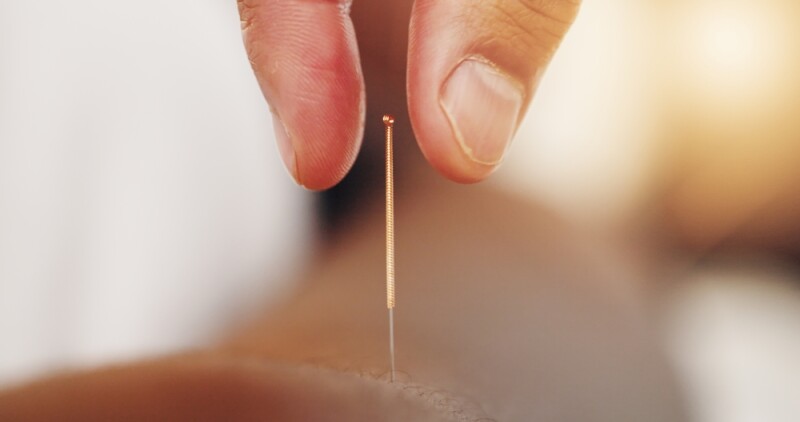Many COVID-19 patients prescribed unnecessary “preventative” antibiotics, study finds
More than half of patients hospitalized with suspected novel coronavirus (COVID-19) in Michigan during the state's peak months received antibiotics soon after they arrived, just in case they had a bacterial infection in addition to the virus, according to a new study by the University of Michigan. However, testing showed that 96.5 percent of them had only the coronavirus, which antibiotics don't affect, the results said, which were published in the journal Clinical Infectious Diseases.
The 3.5 percent of patients who arrived at the hospital with both kinds of infection were more likely to die, but the study suggests that faster testing and understanding of infection risk factors could help hospital teams figure out who those patients are, and spare the rest of their COVID-19 patients the risks that come with overuse of antibiotics.
The study was based on data from more than 1,700 hospitalized patients across 38 hospitals. In addition to widespread overuse of antibiotics, the study showed that hospitals varied widely in their use of antibiotics among people newly hospitalized for suspected COVID-19. In some, only a quarter of suspected COVID-19 patients received them within two days of being hospitalized, while in others, nearly all did.
Older people, people who had come to the hospital from a nursing home, and people who were admitted straight to intensive care were more likely to turn out to have a bacterial infection in addition to coronavirus. Half of these patient died, compared with 18 percent of those without bacterial infections.
Those who received antibiotics were more likely to be older, to have lower body mass index measurements, to have visible signs of infection on their chest x-ray, and to be in more critical condition when they arrive at the hospital, according to the study.
In addition to putting patients at risk of opportunistic infections like Clostridium difficile that can worsen odds of recovery, antibiotics also pose a broader risk of feeding the epidemic of drug-resistant bacteria that already plagues many hospitals and can put patients and staff at risk, the researchers said.
As time went on, and COVID-19 test turnaround time shortened, the use of antibiotics dropped, but was still too high, according to Valerie Vaughn, MD, MSc, the study's lead author and a hospitalist physician.
"For every patient who eventually tested positive for both SARS-Cov2 and a co-occurring bacterial infection that was present on their arrival, 20 other patients received antibiotics but turned out not to need them," said Vaughn in a statement. "These data show the crucial importance of early and appropriate testing, with rapid turnaround, to ensure appropriate use of antibiotics and reduce unneeded harm."
Vaughn, who has studied and worked to improve antibiotic prescribing for hospitalized pneumonia patients, said that COVID-19 differs in important ways from regular pneumonia, so standard techniques may not work. For instance, many suspected COVID-19 patients had their blood tested soon after admission to the hospital to look for a substance called procalcitonin, which is often used as an early indicator of bacterial infection while doctors wait for more definitive test results.
Just over half of those who turned out to have a bacterial infection plus COVID-19 had a high procalcitonin reading, as did 22 percent of those who didn't have bacterial infections. However, a low procalcitonin reading was almost certain to mean that the person didn't have a bacterial infection. Elevated white blood cell counts were a good predictor of who had a bacterial infection.
The faster patients got their COVID-19 viral test results back, the faster their antibiotics were stopped. Half were stopped within a day of a positive COVID-19 test. The turnaround time for such tests decreased over time, with 89 percent getting their results within a day in May compared with 54 percent in March.
Most of the patients tested for bacterial infections didn't have test that look in the respiratory tract. This may be because these tests require health workers to interact with patients' airways, which can generate aerosols and risk transmitting COVID-19, or because they require a sample of coughed-up sputum, which most of the patients didn't have because of the dry cough that typifies COVID-19.
Michigan was one of the nation's early hotspot states, and the authors said they hope the new data will help patient care teams in current and future hotspots.
Editor's note: Click here for more information and ongoing COVID-19 updates for integrative healthcare professionals.




















SHARE